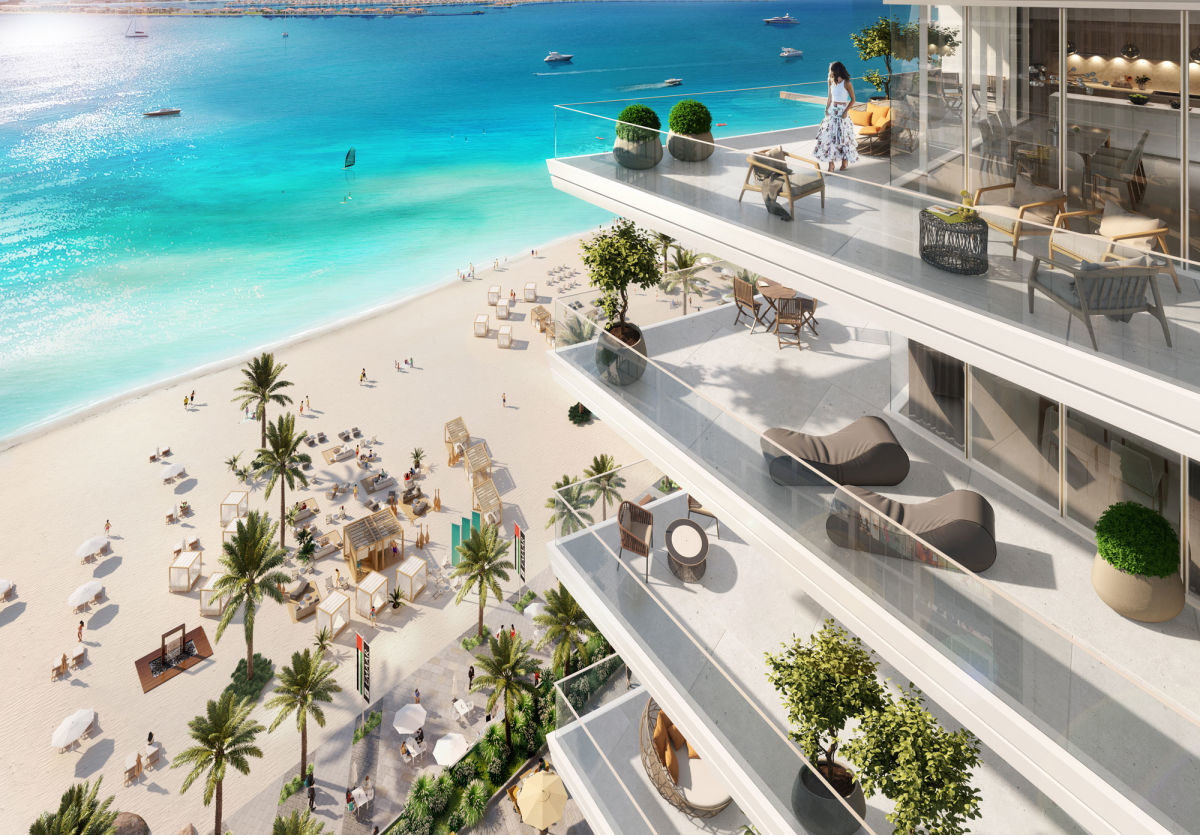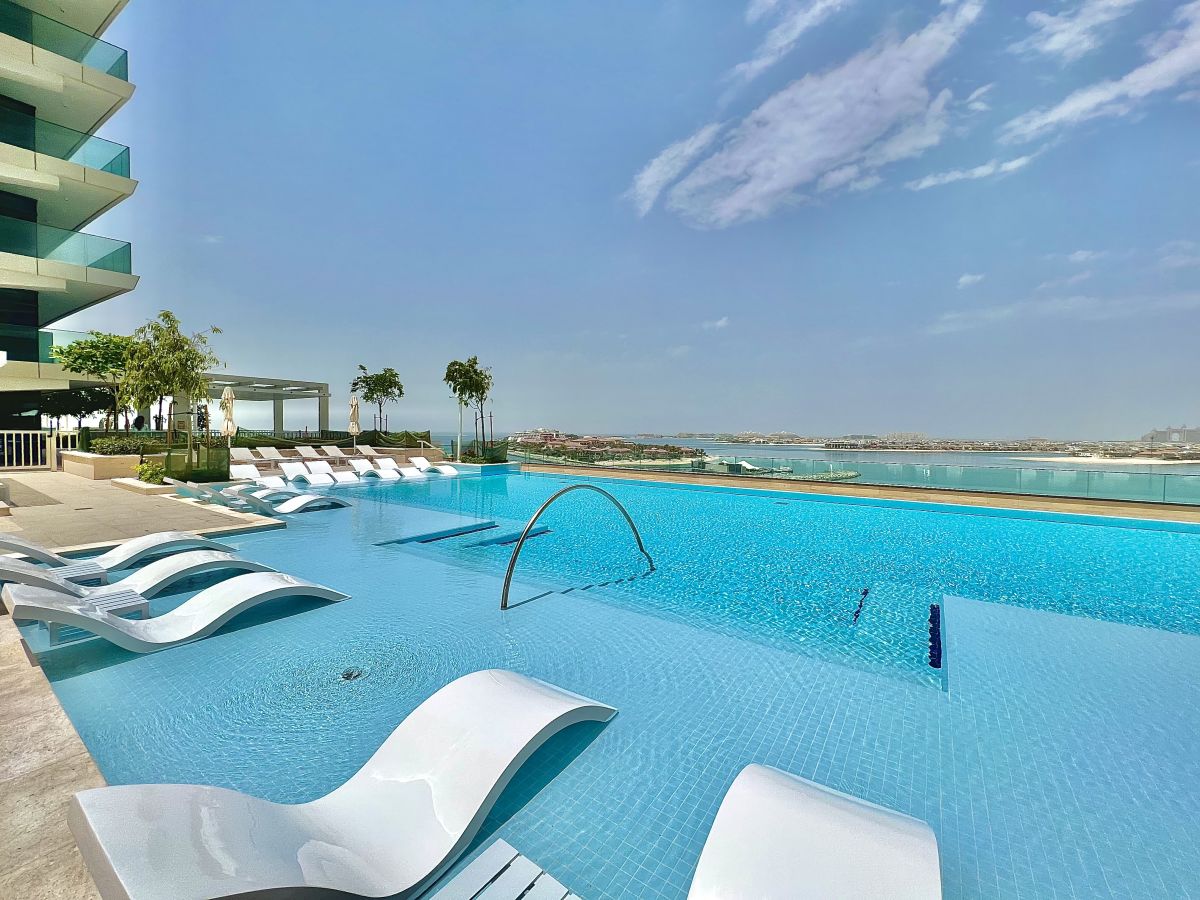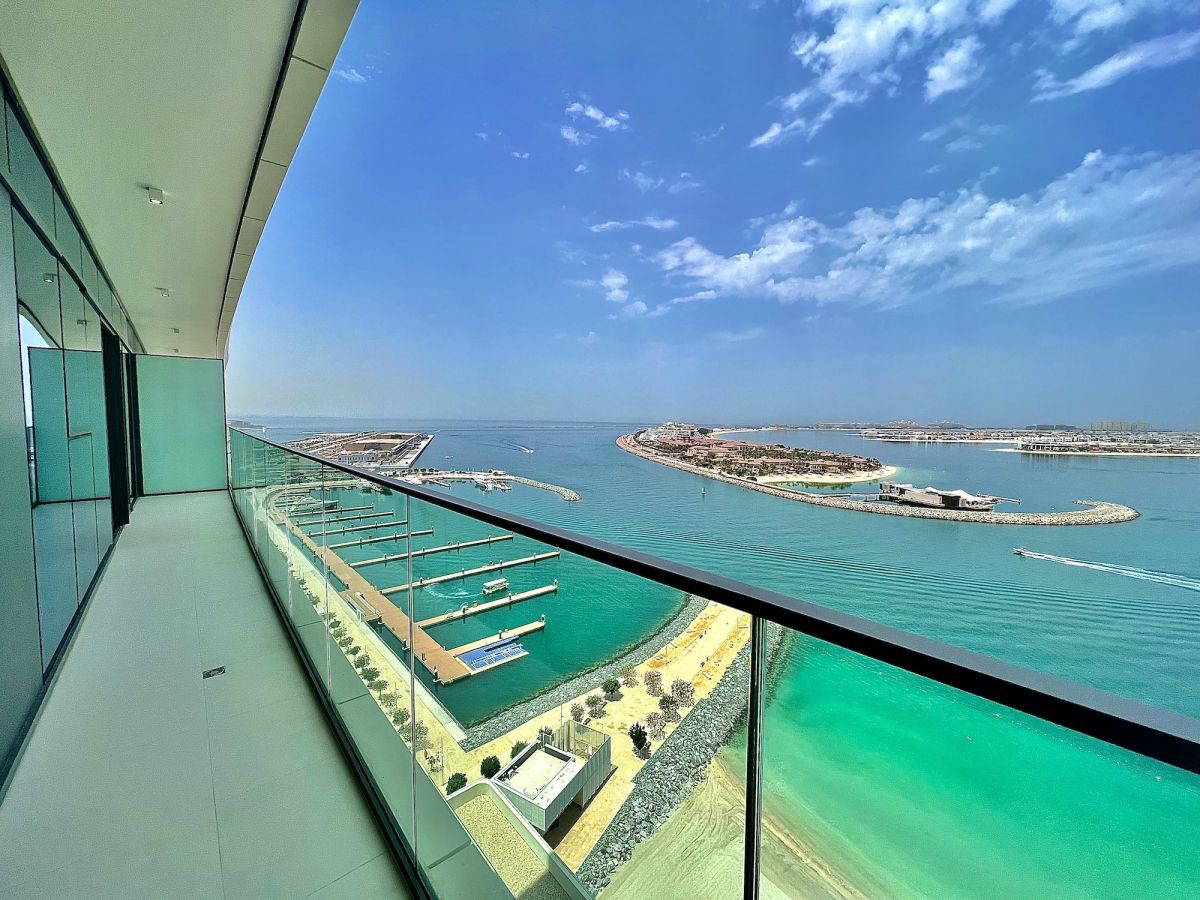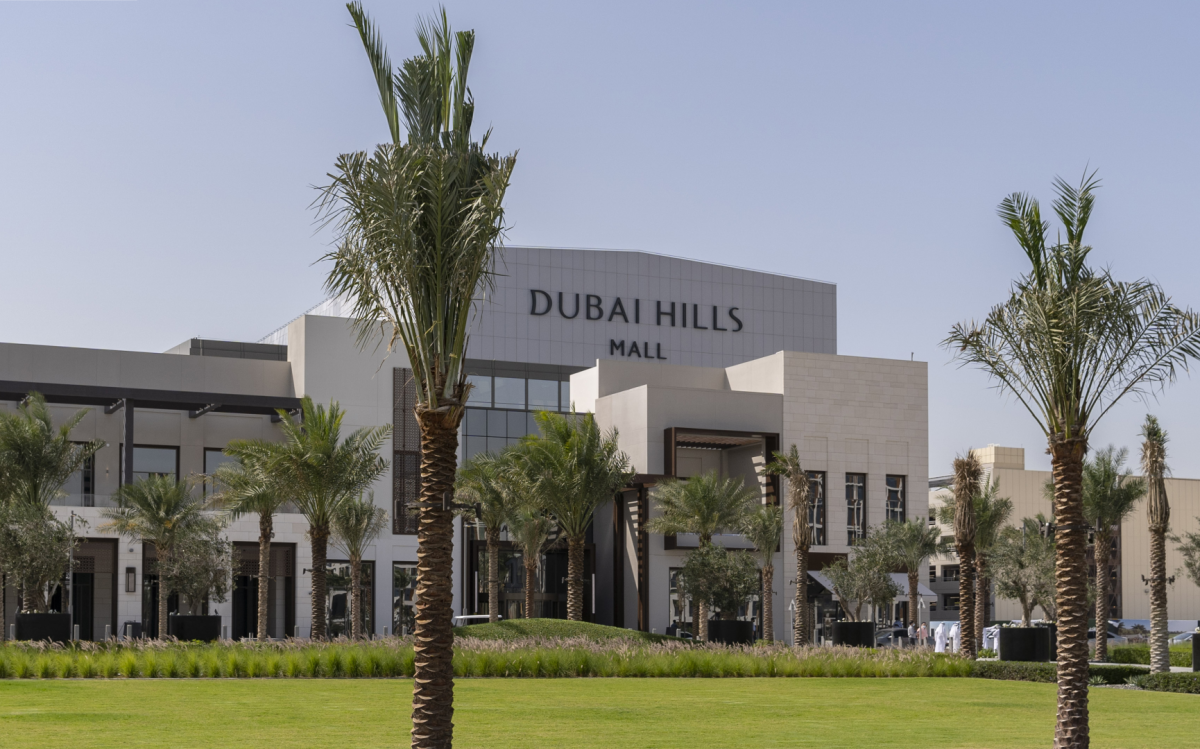Dubai puts the shine back on its oldest neighbourhoods
21 May 2019
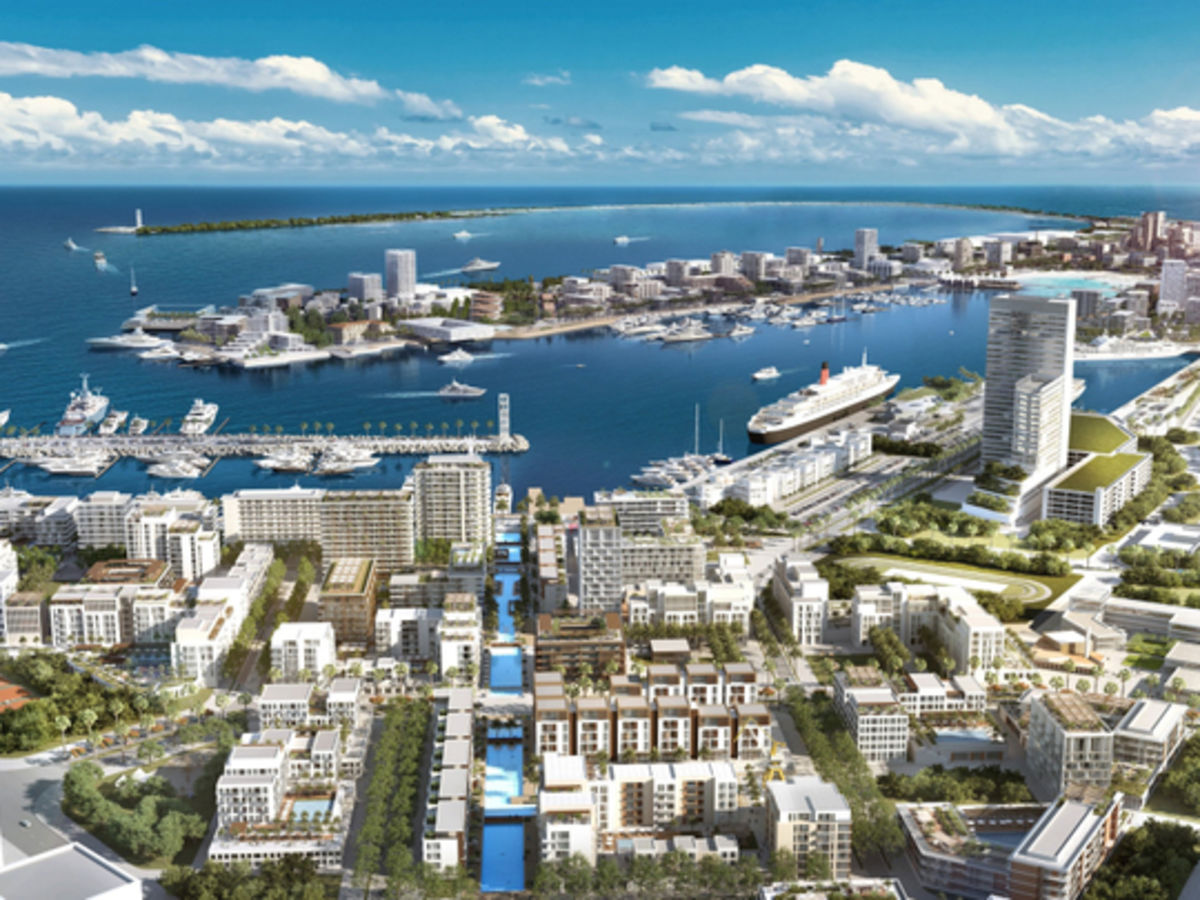
Starting with the area around Jumeirah Beach Hotel and Madinat Jumeirah, Dubai’s re-development now stretches all the way beyond Shindaga Tunnel and Hyatt Regency hotel along the coastline, with the Mina Rashid and “Deira Enrichment Project”, respectively.
The new works are not exclusively centred only on or near the sea — the area between Zabeel Park and World Trade Centre roundabout is being completely rebuilt. So, out went the old Sana building and in come new towers to line up that road, which includes the twin-tower One Za’abeel connected by a cantilever.
If land parcels start getting offered with extended payment plans to private developers, then land prices will move higher, for sure.
- Sameer Lakhani, Managing Director at Global Capital Partners
In the last four years, Jumeirah went gone through an extensive facelift, with wasl Properties creating clusters of high-end villas for the rental market. And another government-owned developer, Meraas, recently announced Phase 2 of City Walk, which comes with a 40,000 square metre private park near the Emarat headquarters building and the new 17,000-seater Dubai Arena.
“The “Dubai model” has seen the master-developer launch the first series of projects, thus anchoring a price range for the land and properties built on them, and then private developers build around that,” said Sameer Lakhani, Managing Director at Global Capital Partners.
“If land parcels start getting offered with extended payment plans to private developers, then land prices will move higher, for sure.”
Take the Deira Enrichment Project from Ithra Dubai. It is developing on either side of Hyatt Regency, part of which will be the extension of the historic Gold Souq. The new location will bring a 21st century touch to future activity in Dubai’s gold and jewellery trade, and quite a departure from the current cramped confines of the original location.
In short, new value is being created at a location where not much of new construction had taken place for the better part of a decade.
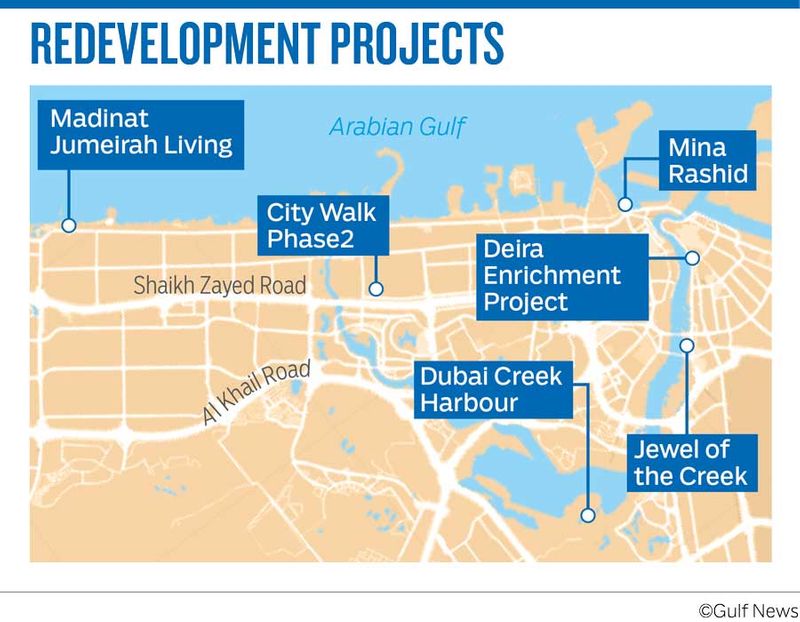
Taimur Khan, Senior Analyst at Knight Frank’s regional office, has no doubt that this rebuilding strategy will deliver. “For example, Deira accounts for 30 per cent of Dubai’s established trading locations and contributes around 10 per cent to the economy,” he said. “As these redevelopment projects take shape and given their prominent locations, we are likely to see uplifts in surrounding holdings.
“This ensures that as the wider emirate develops, so too will these historic quarters.”
In fact, Deira is figuring quite a bit in the Dubai game plan, with Nakheel making headway in delivering the first components of “Deira Islands” before the Expo 2020 opening.
Will investors and end users take to these new-old locations in the same way as they did the Palm, the Marina and Downtown? It is interesting that the first towers at Deira Islands will be leased rather than as freehold.
Kalpesh Kinariwala, CEO of Pantheon Group, believes some tweaks to the laws could make these locations investor magnets. “At present, only locals and GCC nationals can own property in the non-freehold areas of Dubai,” he said. “With an increasing number of new property in “old Dubai”, authorities may review policies to find ways to woo more investments in the traditional areas.
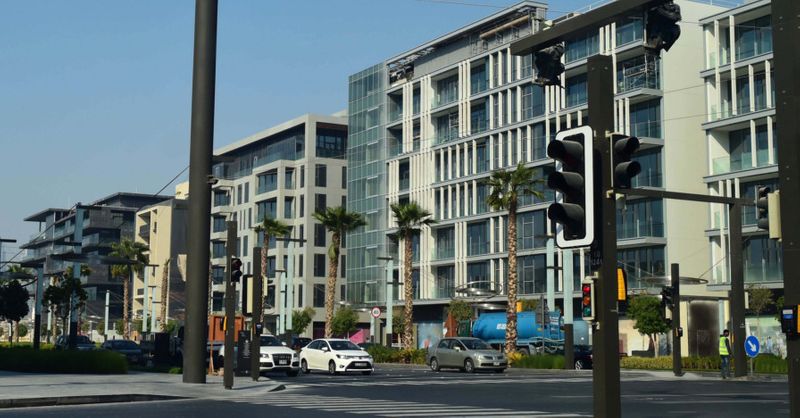
“Rental hotspots such as Bur Dubai and Deira have always been safe bets in terms of investments. The new developments are likely to enhance demand for old Dubai … and also increase the value of land there.”
“Old Dubai has always been the pulse of the city — a melting pot for diverse cultures and the ultimate destination of tourists The area will continue to remain in demand.”
In Dubai’s property market, the old will never go out of style
■ Currently, the more expensive plots in Dubai are at Jumeira Bay, the site of the Bulgari hotel, and on the Palm. Dubai’s coastline redevelopment strategy will help reset land values that could end up matching these. For instance, once the master plan of Mina Rashid is finalised, it would be interesting to see what plots near the proposed “Dubai Mall by the sea” will fetch.
■ Property values trade between Dh1,400-Dh2,000 a square foot at City Walk, while at the Dubai Creek Harbour, these are now in the range of Dh1,200-Dh2,500. At Zabeel, the range is Dh1,500-Dh1,800 a square foot, according to Reidin-GCP data.
■ Get ready for more “JDAs”. Dubai’s master-developers are testing the market for potential joint developer agreements with private investors, whereby they will use investor funds to build on a shared profit basis. This way, the developers can mop up funds that are looking to commit to real estate in Dubai, but are not willing to take on the responsibilities associated with building on their own.
